What follows is something I compiled from a mixture of writings I wrote about The World of Zines. Some of it may be repetitions of passages in published materials, and some may be material I deleted from articles that were too long for publication. I may have published some of it, too, who knows. In any case, it adds to my picture of the history of Factsheet Five.
Comments on The World of Zines
Mike Gunderloy had been active in the micro-press for some ten years when I joined his team, having then–at the age of 22 or so–founded Factsheet Five as a sort of “zine zine” specializing in reviewing other zines (a zine being a kind of periodical that is to small press magazines what the latter are to, well, Cosmopolitan or NewsWeek). Factsheet Five was purely a hobby for Gunderloy at first. Working out of his garage (or the equivalent), he gradually turned it into something resembling a real business, eventually having it printed by offset and getting it commercially distributed. His last issue had a press run of over 10,000 copies. That in itself wasn’t enough to bring him financial success. What it did, though, was establish him as an authority on zines, which were the subject of the book Penguin signed him up for, The World of Zines. And now he’s getting national press coverage–and making at least a little money.
According to one newspaper article on Gunderloy, at least one other editor has recently been directly absorbed from a zine into the BigTime: a fellow named Christian Gore. Seven years ago, at the age of 19, Gore started a six-page zine on movies called Film Threat that is now a slickzine with a circulation of 125,000. So, while the only sane reason to begin a zine is to say things, however privately, that the mainstream isn’t, dreaming of one day reaching a public of some size is not entirely irrational.
In any event, if you’re at all interested in zines–as a publisher or would-be publisher of one, or as just a reader–I highly recommend The World of Zines to you. It provides excellent, if brief, reviews, such as the one that follows concerning Raleigh Clayton’s Fugitive Pope (available for $1 in cash or stamps from Raleigh Clayton Muns, 7351-A Burrwood Dr., St. Louis MO 63121), which I chose at random from the 300-plus that are discussed in The World of Zines, seems to me typical of the genre. Here’s what Gunderloy and his co-editor Cari Goldberg Janice have to say about it:
“Life as a librarian need not be terminally dull, as Raleigh proves over and over again in these pages. He recounts strange questions encountered at the reference desk, gives us glimpses of what it’s really like in librarian school and suggests ways to discourage masturbation in the stacks. Along the way, bits and pieces of obscure writing are dropped in–almost as much fun as finding them serendipitously among the stacks.”
Note Fugitive Pope’s resemblance to an ongoing letter. Such is generally what most zines resemble, though a letter usually confined to some central subject–a librarian’s life here, flying saucers (UFO) or old Norse religions (Asynjur) elsewhere. Comics, sports, sci fi, hobbies and collecting, “hip whatnot,” travel, and–this a single category– splatter, death & other good news are just some of the other general topics the zines reviewed get into.
It is refreshing to note that Gunderloy and Janice include on their pages almost as many graphics, rants, poems and other matter culled from the zines under review as they do commentary. Hence, we’re not just told about zines, we’re meaningfully exposed to parts of them.
Contact and ordering information for every zine mentioned is included, too. Moreover, a number of pages at the book’s end deal in detail with the nitty-grit of starting, running and circulating one’s own zine. This should make The World of Zines highly useful, particularly for people outside the knownstream who have incorrect interests, or lack credentials, but who nonetheless want to have some kind of voice in their culture, however small.
Of course, it can’t be said that The World of Zines is perfect: every connoisseur of the field will find dozens of terrible omissions (where, for example, is my favorite zine, the subtle journal of raw coinage?!?). Considering that there are something like 20,000 zines extant (according to the authors’ estimate, which seems sound to me), this is inevitable. It is not important, for the object of the book is to introduce the scene it covers, not exhaustively memorialize it, and this The World of Zines does with efficiency and flair.
Here endeth the history of my involvement in Factsheet Five. Later I’ll be quoting from columns I wrote for it.
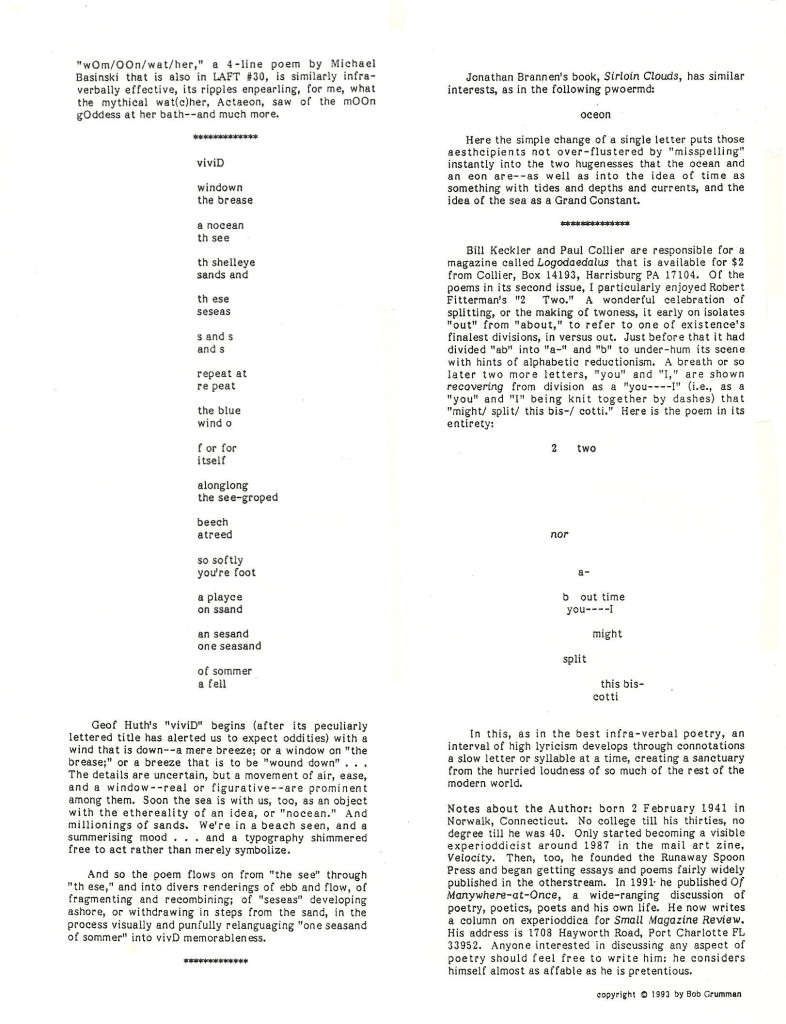


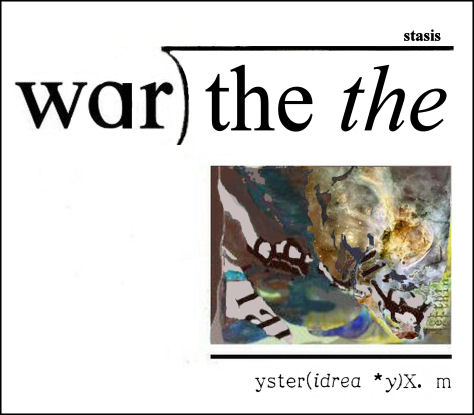

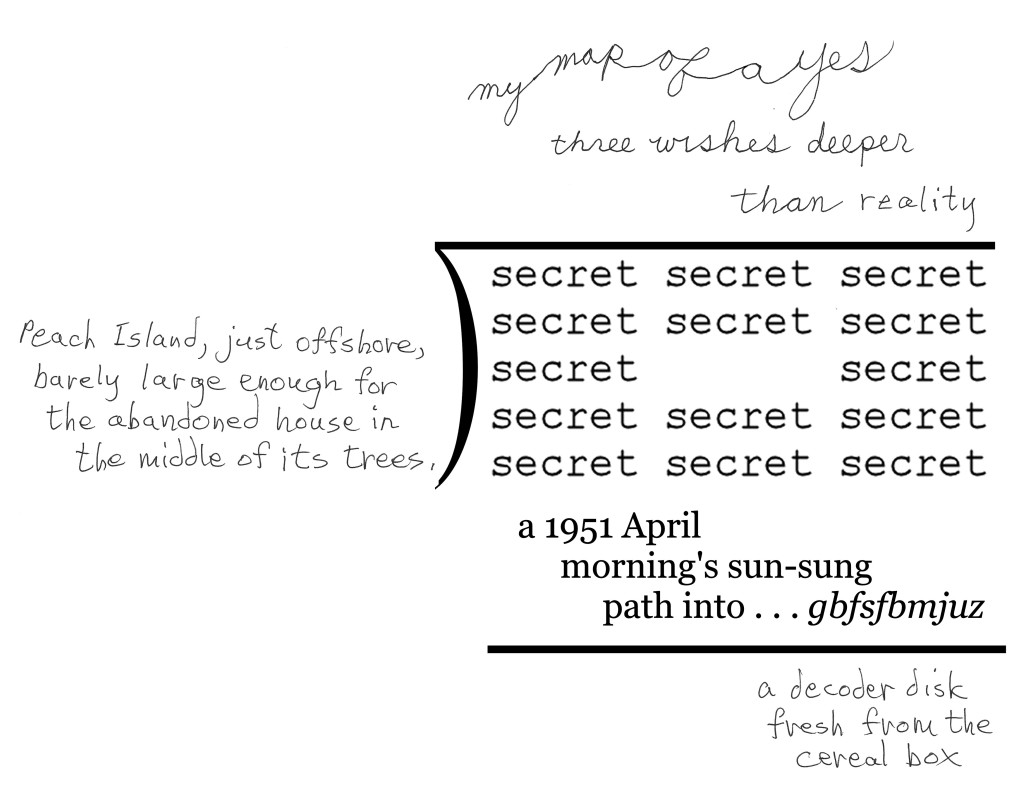
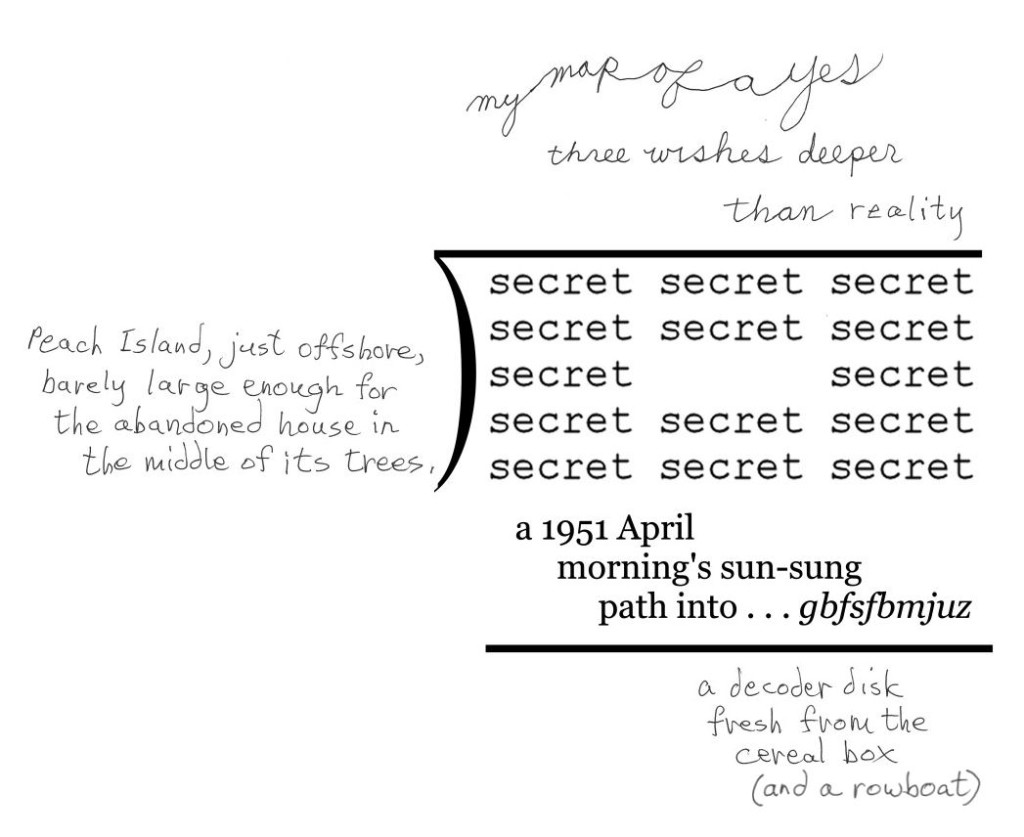








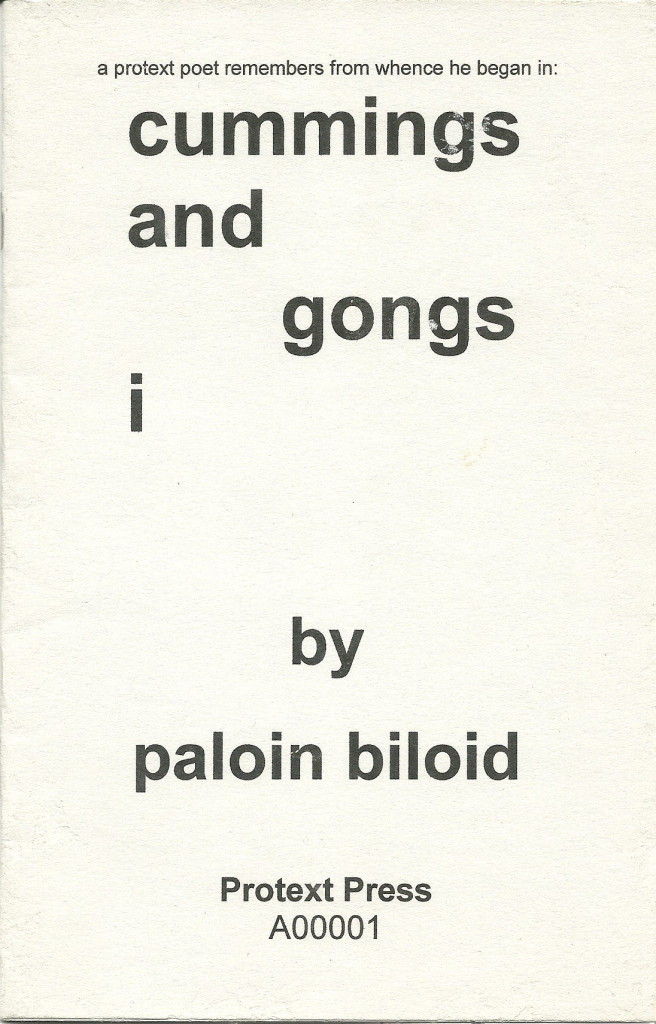
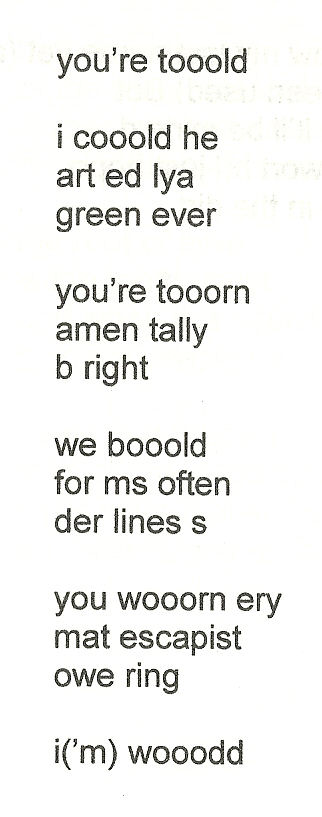

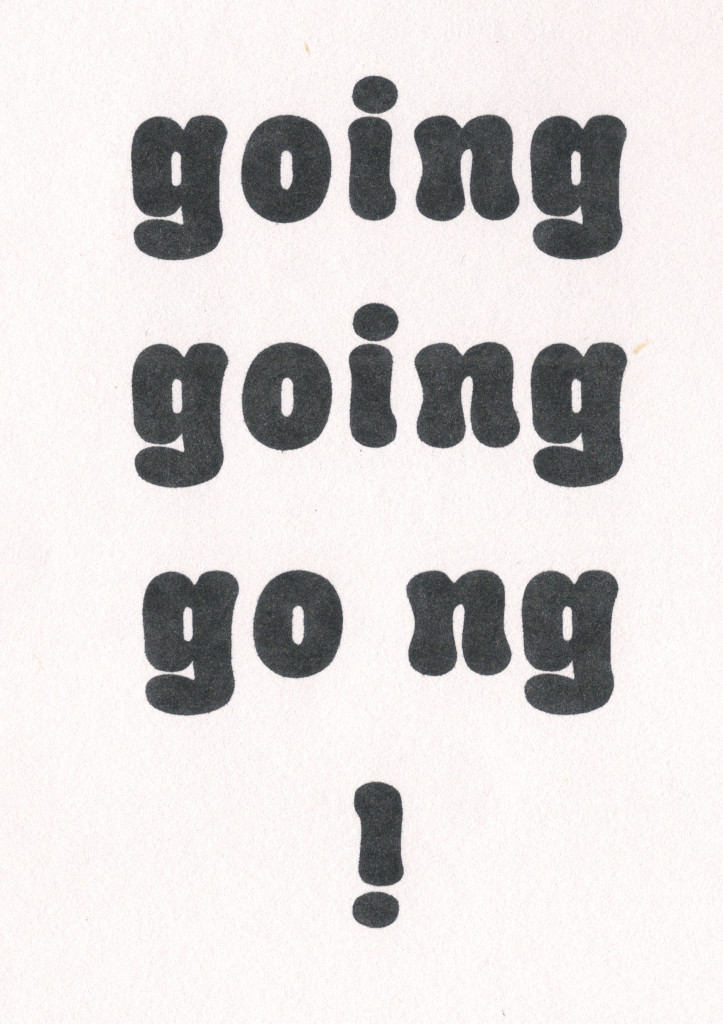
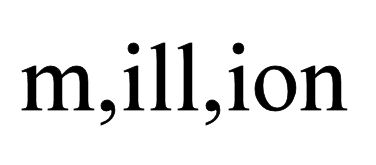
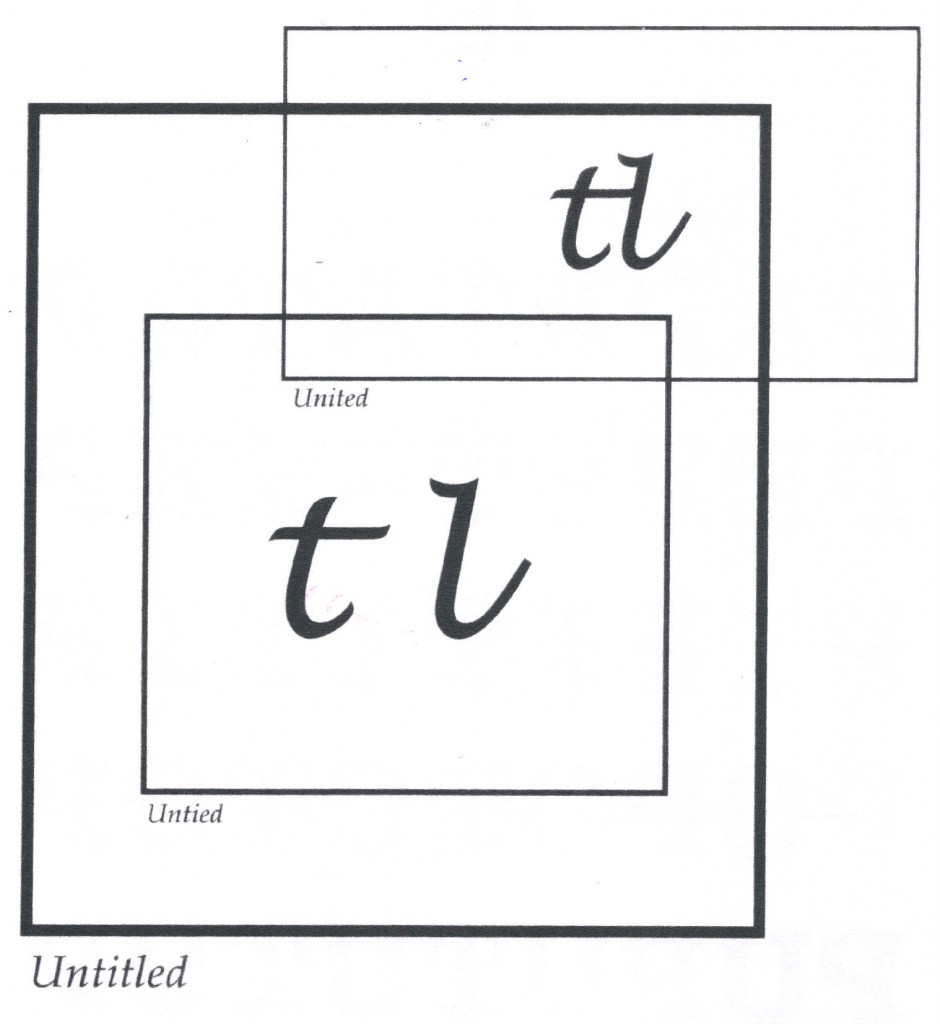


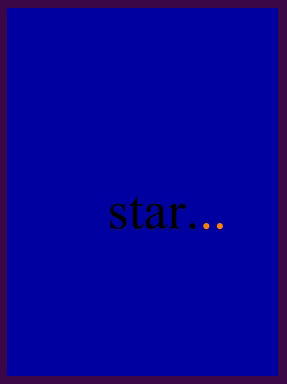
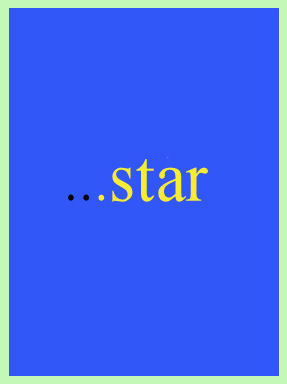

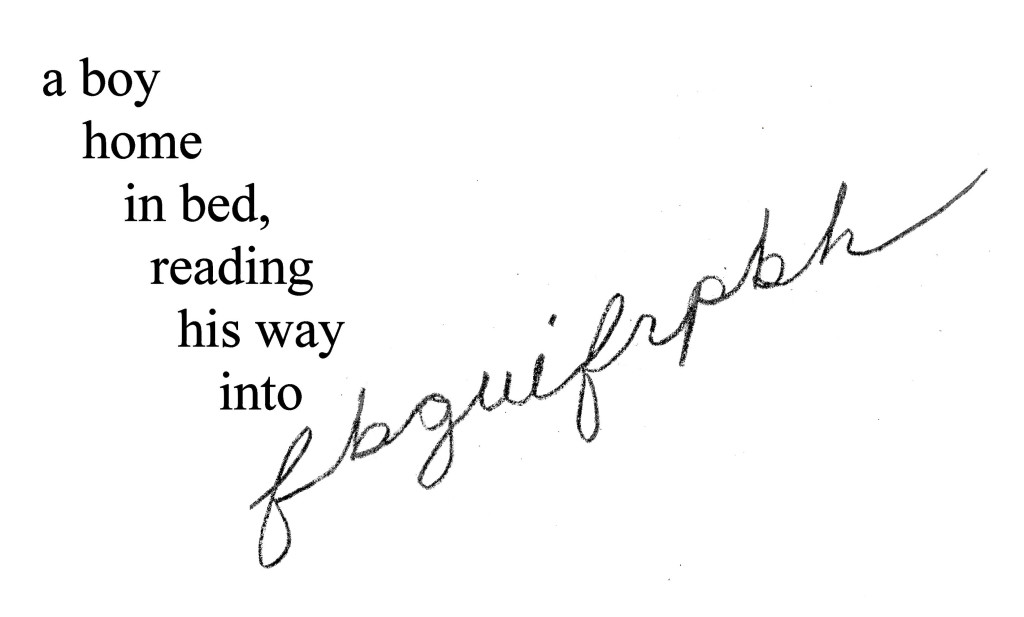
Thanks for posting these, Bob!
Hopefully see you soon,
Marton